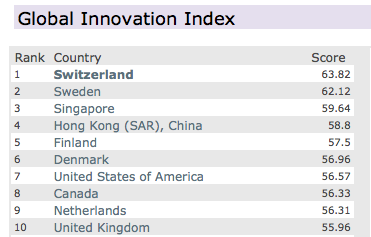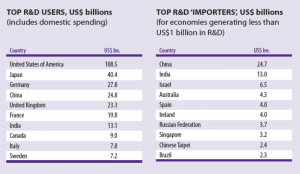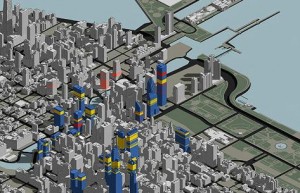The Consumer Electronics Association (CEA) marketing team chose to brand CES2013 as the "world's largest 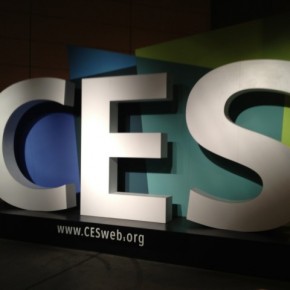 innovation event." With 1.92 million net square feet of exhibit space and over 150,000 visitors (half of whom could be Korean), it is indisputably the largest trade show. The word "Innovation" was on banners and headlines everywhere. My eyes rolled and I sighed in pain as I waited in long lines for everything. Despite the express service shuttle buses and the noise being made about driver-less automobiles (although Google was not exhibiting), no one has innovated a new way to move so many individual people easily through spaces of these sizes. Perhaps patience is a cultural virtue of companies that exhibit at CES.
innovation event." With 1.92 million net square feet of exhibit space and over 150,000 visitors (half of whom could be Korean), it is indisputably the largest trade show. The word "Innovation" was on banners and headlines everywhere. My eyes rolled and I sighed in pain as I waited in long lines for everything. Despite the express service shuttle buses and the noise being made about driver-less automobiles (although Google was not exhibiting), no one has innovated a new way to move so many individual people easily through spaces of these sizes. Perhaps patience is a cultural virtue of companies that exhibit at CES.
Finally, when I dove into the middle of Central Hall, I found over-sized televisions and cameras, but not what I was looking for. I spent hours, crawling around the enormous, sprawling booths of the Japanese and Korean consumer electronics "gorillas" including Sharp, Samsung (clearly the largest presence at the show in terms of footprint), Panasonic, Sony, Canon, Mitsubishi, showing screens that would not fit in any Swiss dwelling. These were interspersed with slightly smaller but still outlandishly large booths of Polaroid (I thought they were out of business!), automotive companies (in North Hall), HiSense and others. CNET published this album of photos taken in the biggest CES2013 booths.
Only a year before, in January 2012, many of these same companies were showing Augmented Reality-enhanced products. But, in 2013, AR was not in evidence. I looked at dashboards and windshields, tablets and camera viewfinders. A crowd gathered around the Vuzix booth where the M100 was being shown. Vuzix received some attention from the media (here and here), but we didn't learn or see anything new. Motorola Solution's HC1, a head-mounted computer aimed at people in construction trades, was reportedly being shown but I didn't find it. Intel's demonstration of Perceptual Computing was the highlight in Central Hall. In an interview with the BBC, Mooly Eden, president of Intel Israel speaks about how gestures, gaze and voice will replace the touch computer human interfaces we have today. Patient, perceptive people staffing information booths assured me that the strategic planners who decide what warrants showing at CES just had different priorities this year: these new computer human interfaces. In the LG Electronics stand I ignored the curved TV screens and, with a little effort, found gesture as the interface for AR-assisted dressing room solutions provided by Zugara. It looked precisely the same as when I saw it over two years ago. Contrary to plan and despite my interest in new mobile displays (Samsung was showing Youm, the flexible displays about which it has also spoken for several years), I didn't linger in the Samsung Electronics booth.
In South Hall the situation and my mood improved. Here, AR was a little more in evidence as were key enabling technologies. I caught up with Kopin showing the Golden-i solution that it has partnered with Verizon to provide for first responders. In the Qualcomm booth, Vuforia's news items covered their cloud-based service that now permits users to add their own content as targets in a mobile AR experience (for example, the ModelAN3D application) and new text (as opposed to "simply" image) recognition capabilities.The first application to be enabled with this feature, Big Bird's Words, helps users find and learn new words in their environment.
The crowds around NVIDIA's Project Shield were thick and the reviews by Slashgear, Wired, Mashable, Droid Life and others were enthusiastic, with only a few exceptions. It certainly merits the many awards received. Why doesn't NVIDIA make this the first big AR-assisted power gamer platform?
A little further I met Limitless Computing, a small company that escaped my attention before, even though it has been featured in the media showing its AR capabilities. It launched its VYZAR 2D and 3D AR engine for producing mobile AR experiences at CES but I'm not sure what it really does different from the SiteSpace 3D which is highly valuable for industrial AR use cases where Sketch up is used with KML. This merits further investigation. Limitless marketing folks need a tutorial in AR terminology.
South Hall is also where I found the AR-assisted games by Sphero which made it on the PC World editors list of the 10 best CES2013 technology products (in 31 slides), and on which virtual reality and devices for 3D experiences were also featured. I found it odd that the night vision companies I found in South Hall had never heard of Augmented Reality!
I didn't have to explain mobile AR's benefits to the many young companies I found in CES2013's Eureka Park in the Venetian. There I met with folks from Innovega, Luminode, Precision Augmented Reality Works, 3DeWitt, among dozens of others. Of course, it was stimulating to see so many new products and people in such a short time, but there remains a lot of follow up before I can assess if CES2013 was truly worth the effort.

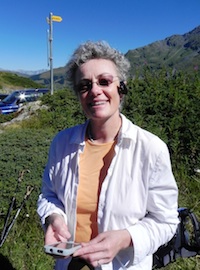

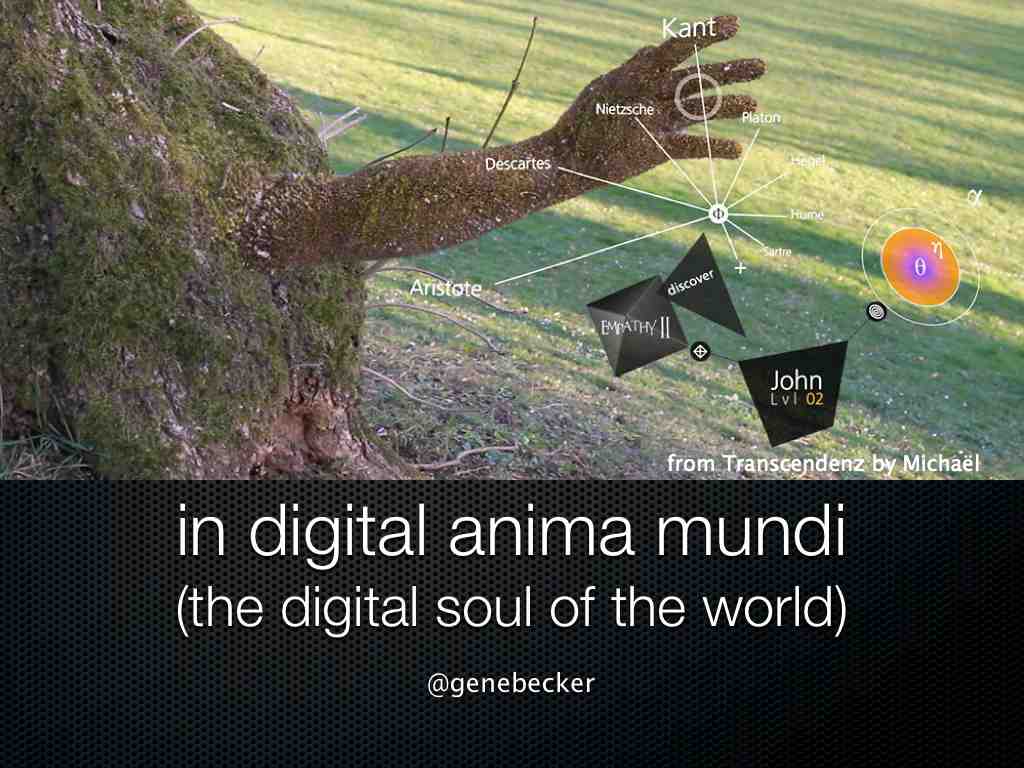
 I've learned a lot in the process but I do not think I've had any impact on these businesses. As far as the publishers of books, newspapers, magazines and other print and digital content (and those who manage) are concerned, visual search is moderately interesting but mobile AR technology is a square peg. It just has not fit in the geometry of their needs (a round hole).
I've learned a lot in the process but I do not think I've had any impact on these businesses. As far as the publishers of books, newspapers, magazines and other print and digital content (and those who manage) are concerned, visual search is moderately interesting but mobile AR technology is a square peg. It just has not fit in the geometry of their needs (a round hole).
